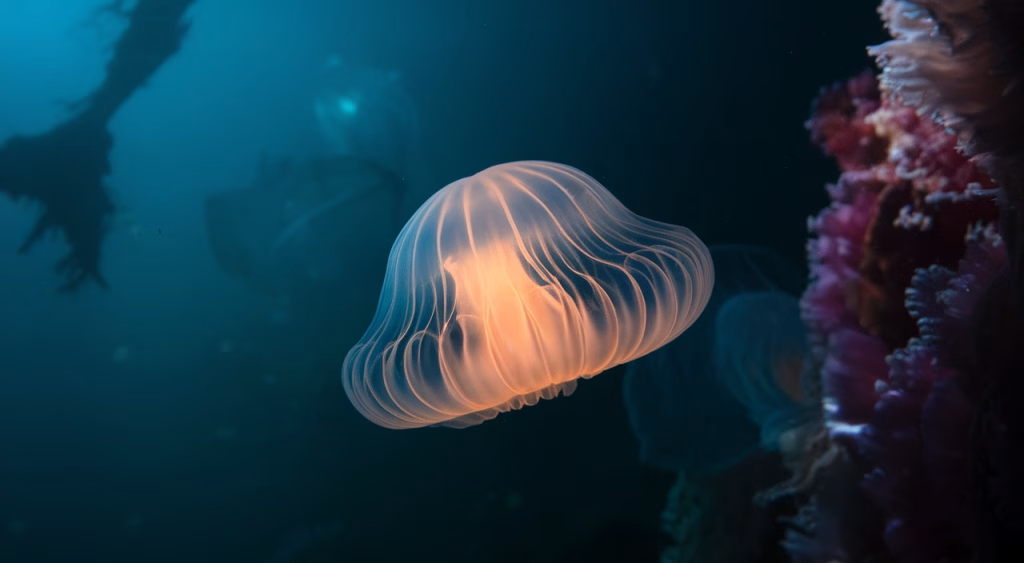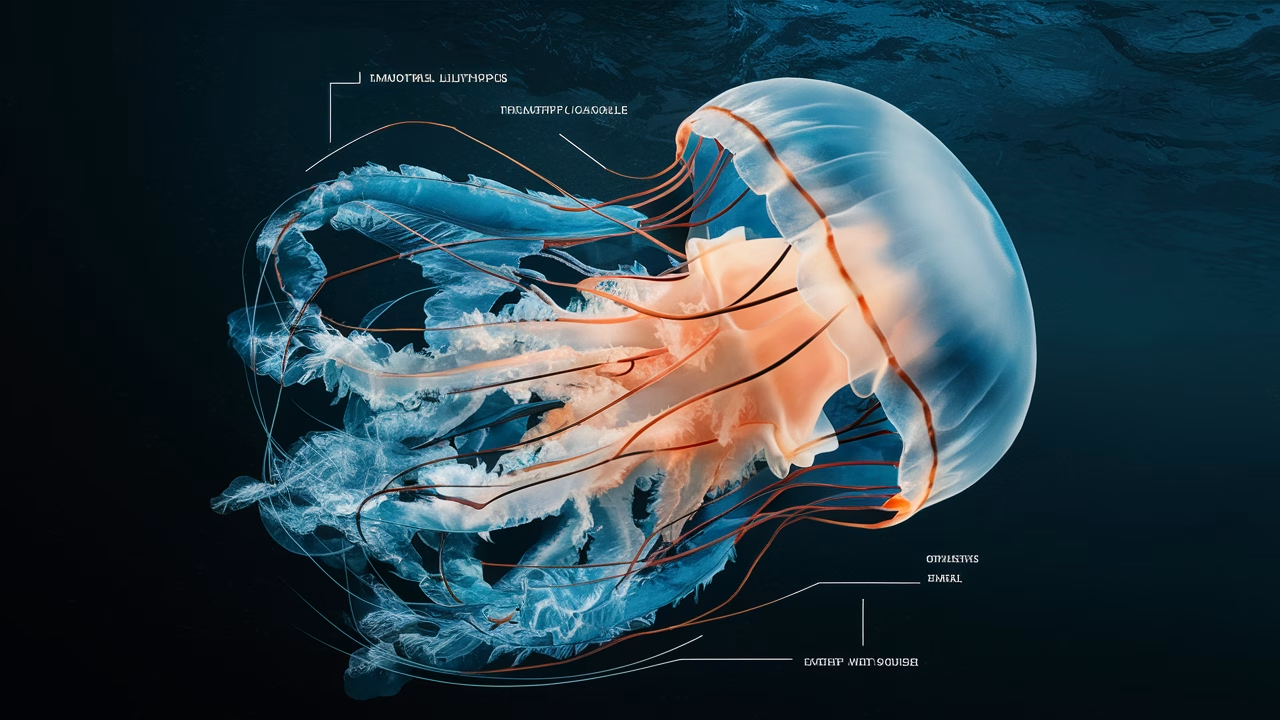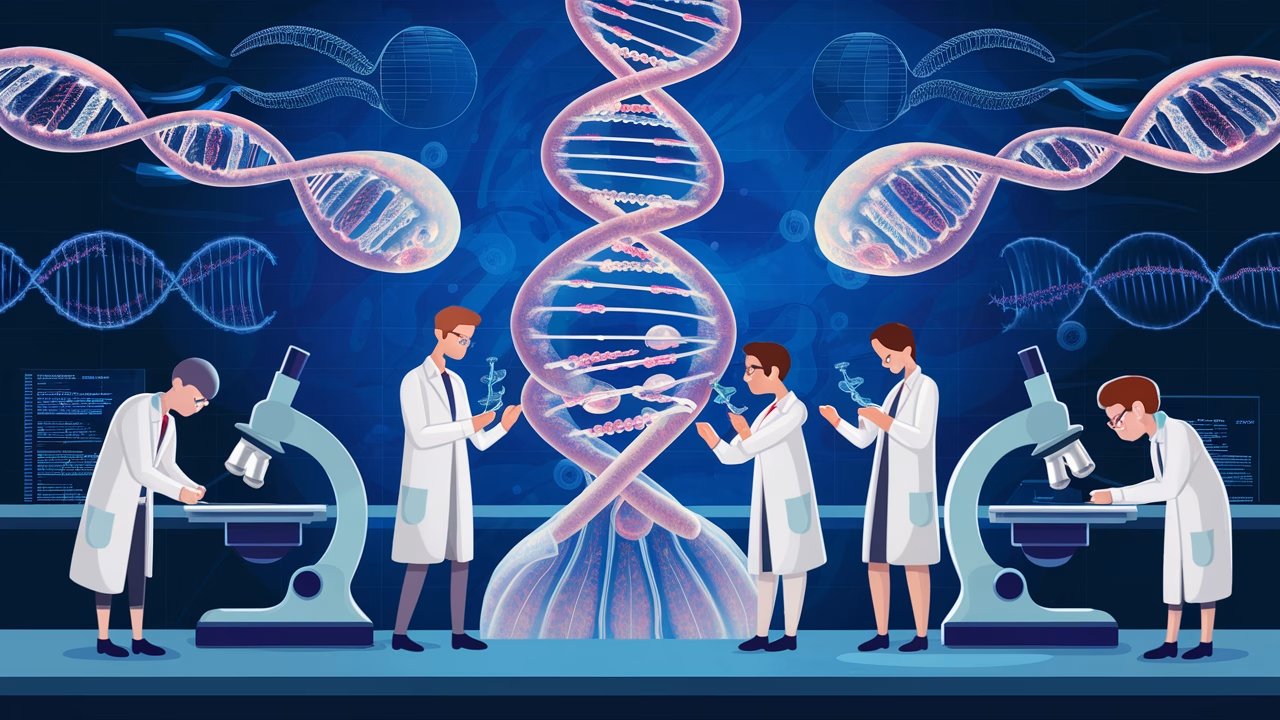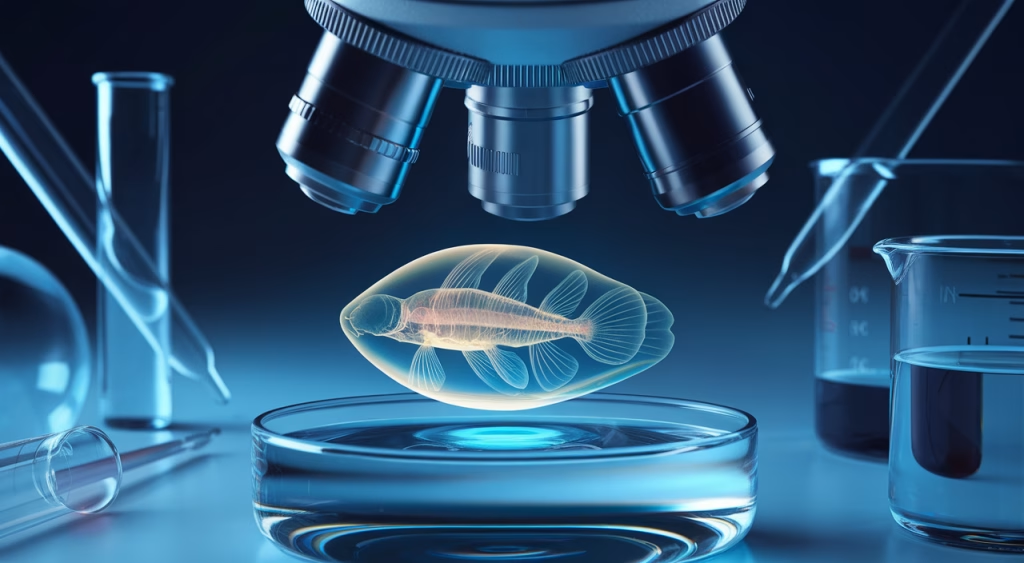Do Jellyfish Really Live Forever? Unpacking Biological Immortality
In certain jellyfish species, yes—but with a twist. The phenomenon known as biological immortality refers to the absence of senescence, meaning these jellyfish don’t age in the traditional sense or die from natural aging processes. They can theoretically live forever, barring disease or predation.
TL;DR: How Jellyfish Outsmart Aging
- Jellyfish possess biological immortality: Certain species like Turritopsis dohrnii can revert back to an earlier stage of life, potentially forever.
- They bypass senescence: Unlike humans and most animals, these jellyfish don’t experience cellular aging as we know it.
- Their mechanisms offer research potential: Scientists studying jellyfish aging hope to uncover breakthroughs in longevity research.
- Genetic and cellular regeneration is key: Their ability to rewind their life cycle is powered by unique genetic expression and stem cell-like behaviors.
- Implications for humans: While we can’t yet “reverse age,” jellyfish give us critical clues about halting or slowing the aging process by studying senescence mechanisms.
Understanding Biological Immortality
When we talk about immortality, it’s natural to think of eternal life, vampire tales, or mythical fountains of youth. But in science, the phrase biological immortality carries a more grounded, albeit astonishing, meaning: the ability of an organism to escape aging as we know it. It means a creature can avoid senescence—the progressive deterioration of body systems with time.
In most species, senescence mechanisms lead to a slow but inevitable decline toward death. In humans, this shows up in graying hair, slowing metabolism, and age-related diseases. But imagine a creature that simply doesn’t follow this blueprint. That’s exactly what some jellyfish do through their extraordinary biological immortality.
So, how is this possible? And more importantly, what does it mean for your lifespan—and mine? To answer that, we dive into the ocean’s quiet immortals and their revolutionary approach to aging.
The Unique Case of Jellyfish
Lifespan and Aging in Jellyfish
Let’s zero in on Turritopsis dohrnii, commonly known as the “immortal jellyfish.” This coin-sized, transparent bell-shaped invertebrate does something astonishing: it reverts its cells and entire body back to its earlier polyp stage after reaching maturity. Imagine if a butterfly could return to a caterpillar—that’s the same level of reversal we’re witnessing in jellyfish aging.
Unlike most other animals, the immortal jellyfish doesn’t follow the linear path from birth to death. Instead, when stressed, injured, or faced with scarcity, its body undergoes transdifferentiation, a rare biological process where cells transform into different types. For the jellyfish, this process flips its life cycle backward, essentially allowing it to achieve what researchers call genetic immortality.
This doesn’t mean it can’t die—it can be eaten, succumb to toxins, or suffer physical harm. But left alone, it won’t simply “grow old and die.” That’s a game-changer in our understanding of life cycles and biological immortality.
Genetic and Cellular Mechanisms
Now, you’re probably wondering: what’s happening at the cellular level that makes this extraordinary biological immortality possible?
We know that humans—and most complex animals—experience cellular degeneration over time. Our DNA accumulates damage, and our telomeres (the protective caps at the ends of chromosomes) shorten as we age. But jellyfish like Turritopsis dohrnii have figured out how to dodge these inevitable senescence mechanisms.
Their secret lies in stem-cell-like capabilities that enable genetic immortality. They can essentially reprogram their cells—through a process scientists in longevity research are still working hard to decode. They stop deterioration before it starts. In particular, specific genes associated with cell repair and damage resistance become highly active, allowing the jellyfish to not just halt aging but reverse the damage through their unique approach to jellyfish aging.
Other species don’t share this gift. It’s like nature’s reset button—pressed as often as necessary to maintain biological immortality.
| Species | Lifespan | Aging Pattern | Immortality Level |
|---|---|---|---|
| Turritopsis dohrnii | Potentially indefinite | Reverses to polyp | Biologically immortal |
| Aurelia aurita | 1 year (avg) | Traditional aging | Not immortal |
| Cyanea capillata | 12+ months | Gradual senescence | Not immortal |
Implications for Human Aging Research
Final thoughts on why jellyfish might hold the key
Now here’s where things get very exciting. If jellyfish can “undo” aging through biological immortality, could humans one day harness similar mechanisms?
Scientists involved in longevity research are deeply fascinated by the biological blueprint of these animals. Understanding the senescence mechanisms they bypass could one day translate into therapies that slow or reverse human aging. The research into jellyfish aging could shine light on delaying degenerative diseases like Alzheimer’s or tissue degeneration.
Some researchers are already exploring how human cells might be manipulated using similar gene expressions seen in immortal jellyfish and their genetic immortality. But we’re still at the early stage. Think of jellyfish as the trailblazers showing us what biological immortality looks like in practice. They’re demonstrating what’s possible, even if we’re not there yet.
That said, don’t expect a magic pill tomorrow. The complexity of human biology makes it far more difficult to replicate what these simple creatures do so effortlessly through their biological immortality. But every sliver of genetic code we uncover in longevity research brings us closer to new anti-aging therapies—and perhaps, in the future, a means of partially overcoming age itself.
Conclusion: Lessons from Jellyfish for Longevity
If jellyfish have shown us anything through their biological immortality, it’s that nature still holds secrets more counterintuitive and powerful than any science fiction. While we may not be able to swim backward through the river of time, these creatures hint that it might be possible in small, cellular ways.
Turritopsis dohrnii may be the ocean’s quiet philosopher—showing through biological immortality that age might not be as linear as we once thought. For curious minds invested in the boundaries of life and death, studying jellyfish aging is more than just marine biology—it’s a glimpse at what could be our future through advancing longevity research.
Frequently Asked Questions
- Can a jellyfish live for 200 years?
There’s no documented case of a jellyfish living specifically 200 years, but species like Turritopsis dohrnii can potentially live indefinitely through biological immortality by reverting their life cycle. - What is biological immortality in jellyfish?
It refers to their ability to reverse aging by transforming back into earlier life stages, effectively escaping death by natural senescence mechanisms. - Are humans studying jellyfish to stop aging?
Yes, jellyfish are studied extensively in longevity research due to their unique ability to avoid cellular aging and repair themselves through biological immortality. - Can other animals do what jellyfish do?
Very few. Some flatworms show regenerative abilities, but jellyfish remain unique in their complete life cycle reversal and biological immortality. - What happens when jellyfish are injured?
Rather than die, an immortal jellyfish may trigger its “reset” mechanism and become young again—a unique response enabled by their biological immortality. - Is immortality in jellyfish the same as invincibility?
No. They can still be killed by outside forces like predators or disease. Their biological immortality only refers to escaping natural aging. - Could jellyfish DNA be used in anti-aging products?
While longevity research is ongoing, we’re far from applying jellyfish DNA to human treatments. However, their genetic immortality traits may inspire future biomedical developments.




